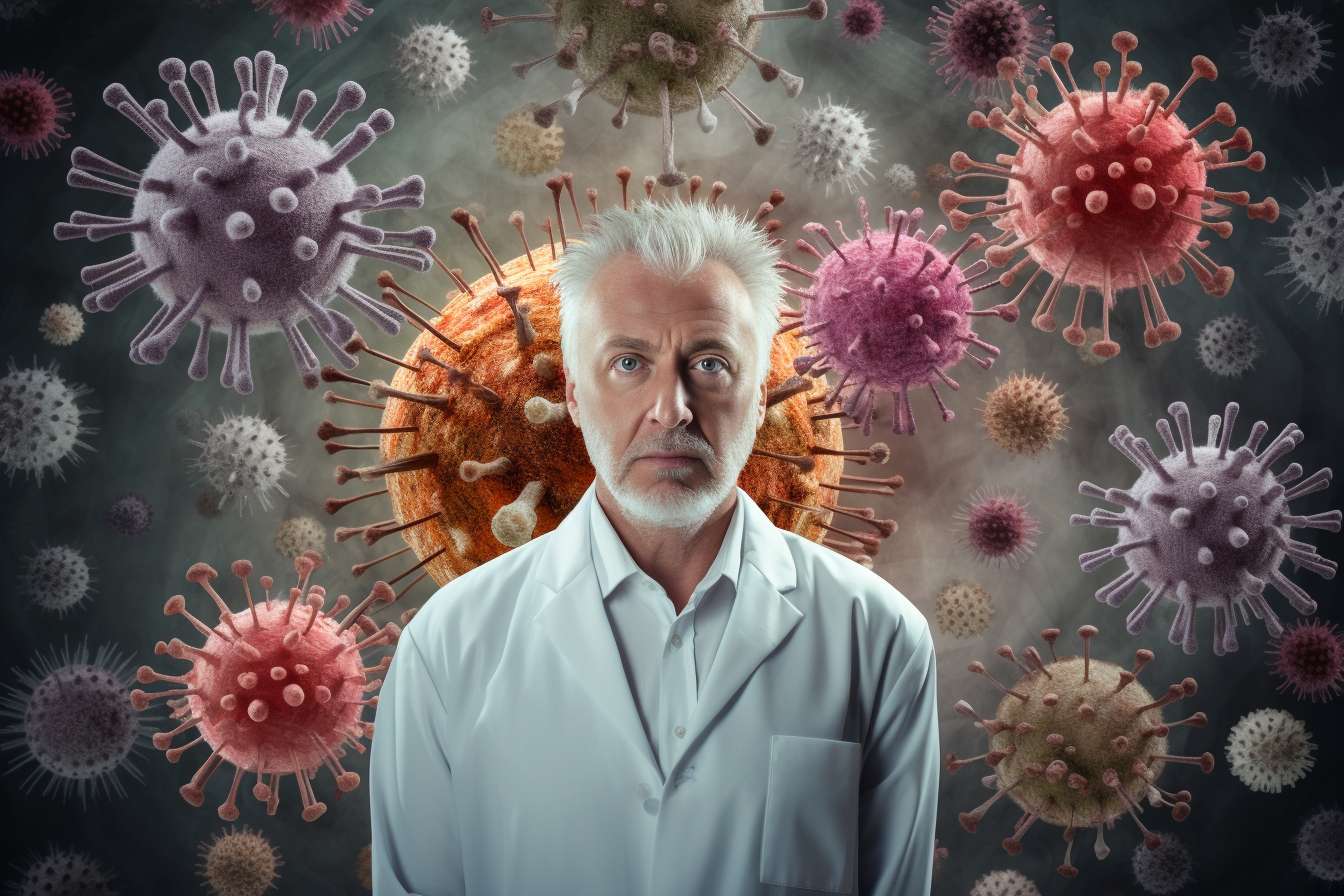Epidermolysis Bullosa: A Comprehensive Guide to Symptoms and Treatment
Epidermolysis Bullosa (EB) is a rare group of inherited skin disorders characterized by fragile skin that blisters easily. This condition affects approximately 1 in 50,000 individuals worldwide and can range from mild to severe. Understanding the symptoms, diagnosis, and treatment options for EB is crucial for those affected and their caregivers. This article provides a comprehensive overview of Epidermolysis Bullosa, exploring its various types, symptoms, and available treatment options.

What is Epidermolysis Bullosa?
Epidermolysis Bullosa is a genetic condition that causes the skin to be extremely fragile and prone to blistering. The disorder occurs due to mutations in genes responsible for producing proteins that help hold the layers of skin together. As a result, the skin becomes vulnerable to friction and minor injuries, leading to painful blisters and open wounds. EB can affect not only the skin but also mucous membranes, including those in the mouth, esophagus, and internal organs.
What are the different types of Epidermolysis Bullosa?
There are four main types of Epidermolysis Bullosa, each affecting different layers of the skin:
-
Epidermolysis Bullosa Simplex (EBS): The most common and often mildest form, affecting the upper layer of skin (epidermis).
-
Junctional Epidermolysis Bullosa (JEB): A more severe form that affects the junction between the epidermis and dermis.
-
Dystrophic Epidermolysis Bullosa (DEB): Characterized by blistering in the uppermost part of the dermis, often leading to scarring.
-
Kindler Syndrome: A rare type that can cause blistering at multiple levels of the skin.
Each type of EB has varying degrees of severity and can impact different parts of the body.
What are the common symptoms of Epidermolysis Bullosa?
The symptoms of Epidermolysis Bullosa can vary widely depending on the type and severity of the condition. However, some common signs include:
-
Fragile skin that blisters or tears easily
-
Painful blisters and wounds on the skin
-
Thickened skin on palms and soles (in some types)
-
Blisters in the mouth and throat
-
Difficulty swallowing or nutritional issues
-
Dental problems
-
Hair loss or scarring
-
Fusion of fingers and toes (in severe cases)
-
Increased risk of skin cancer (in some types)
It’s important to note that symptoms can range from mild to life-threatening, and early diagnosis is crucial for proper management.
How is Epidermolysis Bullosa diagnosed?
Diagnosing Epidermolysis Bullosa typically involves several steps:
-
Clinical examination: A dermatologist will examine the skin and assess the pattern and severity of blistering.
-
Skin biopsy: A small sample of skin is taken to examine under a microscope, which can help determine the type of EB.
-
Genetic testing: Blood tests can identify specific genetic mutations associated with EB.
-
Prenatal testing: For families with a history of EB, prenatal testing can be done to determine if a fetus is affected.
Early diagnosis is essential for developing an appropriate treatment plan and preventing complications.
What treatment options are available for Epidermolysis Bullosa?
While there is no cure for Epidermolysis Bullosa, various treatment options can help manage symptoms and improve quality of life:
-
Wound care: Proper cleaning, dressing, and bandaging of blisters and wounds to prevent infection.
-
Pain management: Use of pain medications and topical anesthetics to alleviate discomfort.
-
Nutritional support: Specialized diets and supplements to address nutritional deficiencies.
-
Physical therapy: Exercises to maintain mobility and prevent joint contractures.
-
Occupational therapy: Adaptive techniques and devices to help with daily activities.
-
Surgical interventions: Procedures to address complications like hand deformities or esophageal strictures.
-
Skin grafting: In some cases, skin grafts may be used to cover large wound areas.
-
Gene therapy: Ongoing research into gene therapy shows promise for future treatment options.
What are the latest advancements in Epidermolysis Bullosa research?
Research into Epidermolysis Bullosa treatments is ongoing, with several promising developments:
-
Gene therapy: Scientists are exploring ways to correct the genetic mutations responsible for EB.
-
Protein replacement therapy: Studies are underway to develop treatments that replace missing or defective proteins in the skin.
-
Cell-based therapies: Research into using stem cells to regenerate healthy skin is showing potential.
-
Drug repurposing: Existing medications are being investigated for their potential to treat EB symptoms.
-
Improved wound care: Development of advanced dressings and wound care techniques specific to EB.
While these advancements offer hope, it’s important to note that many are still in the research phase and may not be widely available yet.
Epidermolysis Bullosa is a challenging condition that requires comprehensive care and management. By understanding the symptoms, diagnosis process, and available treatment options, individuals with EB and their caregivers can work closely with healthcare professionals to develop effective strategies for managing the condition and improving quality of life. As research continues, there is hope for more effective treatments and potentially a cure in the future.
This article is for informational purposes only and should not be considered medical advice. Please consult a qualified healthcare professional for personalized guidance and treatment.




